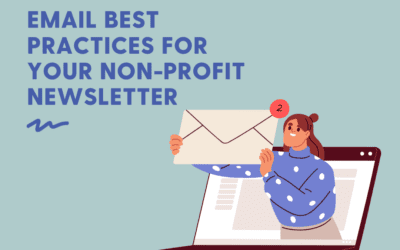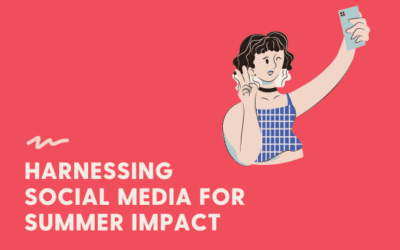This is one of the most common questions we get with regard to websites. And the honest answer is: it depends. We know that sounds like the safe answer, so let us explain.
Before we start a new website project, our project manager plans everything out by the hour and fits it into our current production schedule. With this in mind, every missed date or deadline can shift the project timeline. While this ensures that we can give your website our full attention, it means that your original launch date gets shifted, too.
In a perfect world, everything will go smoothly — from the initial meeting, design pitch, content gathering, development, testing, and training, to the website launch. If the stars align, and everyone is available to review and approve things along the way, a site can be started and launched within 6 weeks.
6 Weeks? Then why has it taken 6 months for mine?
Here are some common areas where timelines get shifted, and what everyone can do to help keep things flowing:
- Project sign-off – When we ask about a launch date in the initial meeting or within the proposal, it is highly dependent on a quick approval and start of the project. If you wait a month to sign off a proposal, the deadline will shift accordingly, or sometimes longer depending on what’s already in our production schedule.
- Kick-off Meeting – The sooner we get this in the books, the better. This is an important meeting that will get everyone on the same page with regard to scope, design and timeline. It also allows everyone to get to know each other. The longer we wait for this, the longer it will take to start the design!
- Feedback & Approvals – We ask for feedback and approvals a few times along the way. We can’t move to the next stage without getting your insights or approval. For this reason, we recommend having one point of contact/approval on your end so that you don’t suffer from “death by committee”.
- Content Gathering – With most projects, the initial content and photos for the site lay within the responsibility of the client. Kitestring will sometimes provide feedback, recommendations and changes to content for SEO and usability, but unless we are providing copywriting services, we are at your mercy.
- Unforeseen Circumstances – We understand that everyone is human, and that means that some delays are due to time conflicts, emergencies, and personal matters. We’re human too, but unforeseen circumstances still play a part in meeting our timeline.
How can we avoid these delays?
Here are some of our recommendations that can help you get your website up and running a lot more quickly:
- Get your ducks in a row as soon as possible! The sooner we have content, photos, graphic elements, and downloads — the better. Content should be the first thing on your agenda, even though we may only require it later in the project.
- Avoid the Committee Trap – We know that the nature of your organization may require a committee structure to review the website project, but it’s important to assign a champion that will lead all feedback, approvals, and communication for the project. This will give our Director of Client Services, a single point of contact. It also ensures that personal feelings and likes/dislikes don’t delay the project. It’s extremely rare that every single person on a committee will love every aspect of a website, so we need to focus on a certain amount of consensus, instead of getting hung up on personal preferences that may have no bearing on the website’s success. The more people involved, the longer things will take.
- Let us know if a timeline isn’t going to work for you. The timeline we present to you is based on a lot of factors: your desired launch date, your capacity, vacations, our overall project schedule, etc. The sooner we know that things aren’t achievable, the better we can all work together to establish a timeline that fits everyone’s schedules.
- The web is ever-changing! It’s hard not to get hung up on things being perfect and complete. The point of a well-performing website is that it’s dynamic and changes often. If you don’t have the perfect photo, blog post, or event, or you think the copy can use a little bit of finesse, just remember you can change it! Once launched, you will have full control over any updates, edits or photo swaps. Sometimes, done is better than perfect — we want to see that website up and running!
It’s in everyone’s best interest that a website stays on track and launches as quickly as possible. It’s also important to start any project with an understanding that sometimes delays can happen. Hopefully, these tips help you see those hurdles and get through them with ease.
Not sure if your website is ready for a refresh? Contact us now for a free website analysis that can help you plan out your next website redevelopment!




